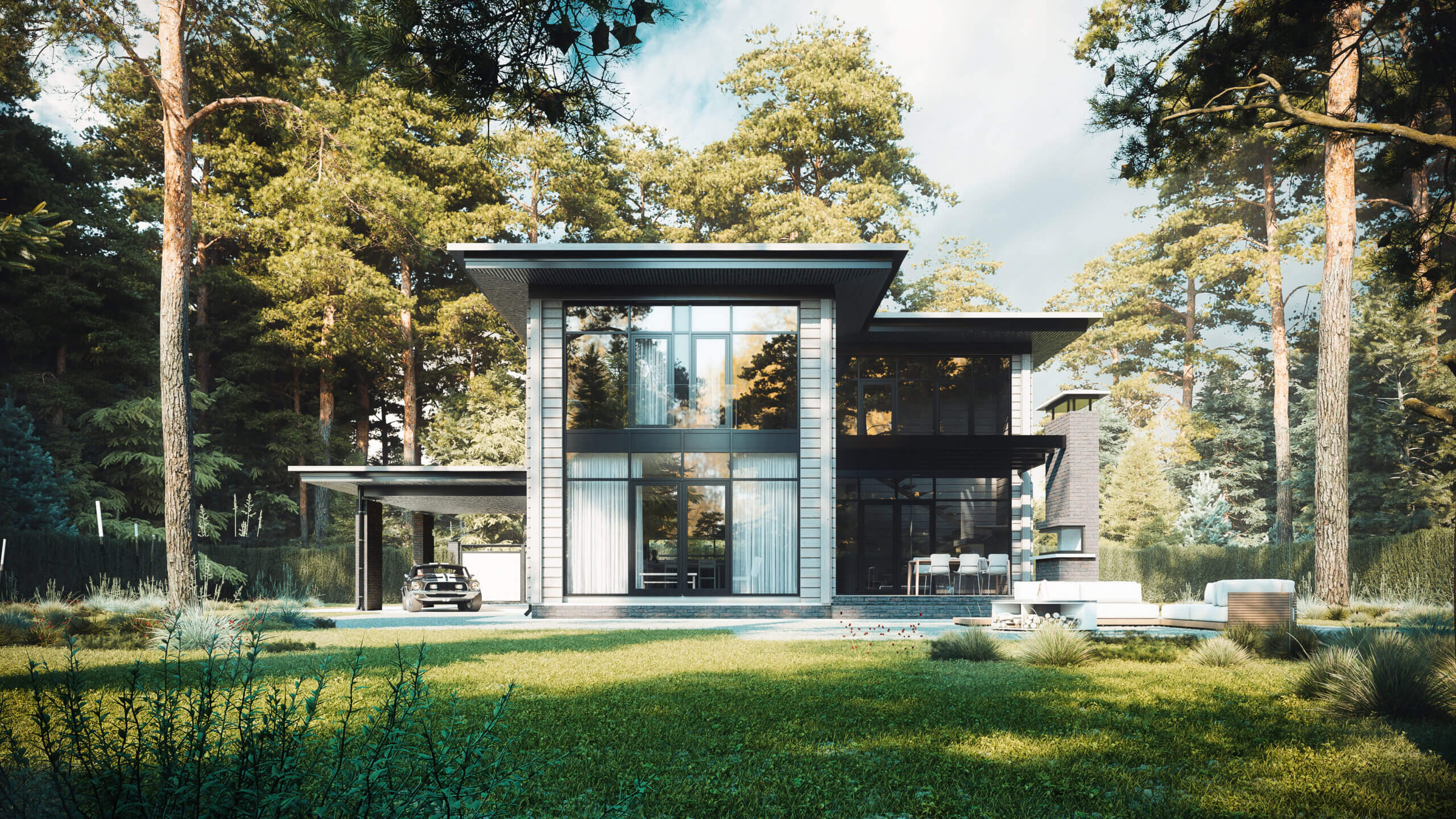In the realm of architectural visualization, the role of lighting and environment is paramount in achieving realistic and immersive 3D exterior rendering. Through meticulous attention to lighting techniques and environmental factors, 3D rendering artists can breathe life into architectural designs, creating compelling visuals that evoke a sense of realism and ambiance. Let’s delve into the significance of lighting and environment in the process of 3D exterior rendering.
Setting the Mood with Lighting
Lighting serves as a powerful tool for setting the mood and ambiance in 3d exterior rendering services. By strategically positioning light sources and adjusting their intensity and color temperature, rendering artists can create various lighting scenarios that complement the architectural design and evoke specific emotions. Whether it’s the warm glow of a sunset or the soft illumination of moonlight, lighting plays a crucial role in enhancing the visual appeal and storytelling of rendered exteriors.
Emphasizing Architectural Features
Effective lighting highlights the architectural features of a building, drawing attention to its design elements and enhancing its visual impact. Through the interplay of light and shadow, rendering artists can accentuate textures, contours, and details, adding depth and dimension to the rendered exterior. By carefully sculpting light across the facade, architectural nuances are brought to the forefront, creating a dynamic interplay between form and light that elevates the overall realism of the rendering.
Creating Realistic Shadows and Reflections
In addition to illuminating the building itself, lighting in 3D exterior rendering also influences the generation of realistic shadows and reflections. Cast shadows add depth and dimension to the scene, grounding the building within its environment and enhancing its sense of presence. Similarly, reflections on surfaces such as glass windows and water bodies contribute to the authenticity of the rendering, mirroring surrounding elements and reinforcing the illusion of reality.
Environmental Context and Atmosphere
Beyond lighting, the environment plays a crucial role in shaping the realism of 3D exterior rendering. Factors such as time of day, weather conditions, and surrounding landscape contribute to the overall atmosphere and context of the scene. Whether it’s a bustling urban setting, a serene countryside landscape, or a coastal retreat, the choice of environment influences the narrative and mood of the rendering, providing viewers with a sense of place and context.
Enhancing Visual Cohesion and Integration
Seamless integration of lighting and environment is essential for achieving visual cohesion and realism in 3D exterior rendering. By harmonizing the lighting with the surrounding environment, rendering artists ensure that the building seamlessly blends into its surroundings, creating a cohesive and believable scene. Attention to detail, such as matching the color temperature of the light with the environmental lighting conditions, enhances the integration of the building within its context.
Evoking Emotional Response
Ultimately, the goal of effective lighting and environment in 3D exterior rendering is to evoke an emotional response from viewers. Whether it’s awe-inspiring architecture bathed in golden hour light or a tranquil retreat nestled amidst lush greenery, the rendering should elicit feelings of wonder, admiration, or serenity. By harnessing the power of lighting and environment, rendering artists can transport viewers into immersive visual narratives that resonate on an emotional level.
Practical Applications and Client Presentation
Beyond aesthetic considerations, realistic lighting and environment in 3D exterior rendering serve practical purposes in client presentations and marketing materials. Accurate representation of lighting conditions and environmental context allows clients to visualize the project in its intended setting, facilitating better decision-making and project communication. Additionally, photorealistic renderings with lifelike lighting and environment are valuable assets for marketing and promotional purposes, helping developers and architects showcase their designs to potential buyers and investors.
In conclusion, the role of lighting and environment in 3D exterior rendering cannot be overstated. From setting the mood and emphasizing architectural features to creating realistic shadows and reflections, lighting and environment are essential elements that contribute to the authenticity and visual impact of rendered exteriors. By mastering the art of lighting and environment, rendering artists can transform architectural visions into immersive visual experiences that captivate and inspire viewers.




